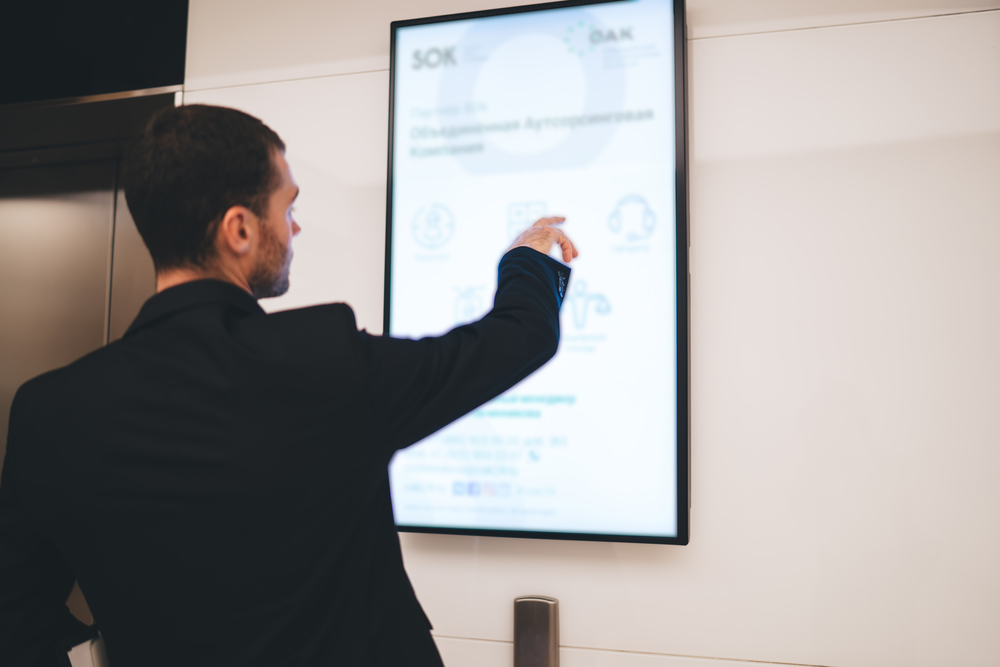Discover the Value of Trial Presentations for Successful Legal Outcomes
In the realm of litigation, the efficiency of test presentations can often be the decisive element in protecting beneficial lawful results. As we discover the necessary components of impactful test presentations, one need to consider exactly how these aspects intertwine to influence the last judgment.
Recognizing Test Discussions
Comprehending trial presentations is critical for legal experts looking for to efficiently share their arguments and evidence to a jury. A test presentation offers as an important device in the court room, transforming complicated lawful concepts and instance information right into a coherent narrative that jurors can quickly understand - trial presentations.
Additionally, the structure and delivery of a test discussion can affect juror assumptions and decision-making. Reliable presentations utilize a mix of storytelling, visuals, and persuasive strategies to involve jurors and maintain their interest throughout the test. This requires thorough preparation and preparation, as each component needs to straighten with the instance technique and objectives.
In addition, recognizing the emotional facets of juror behavior is crucial in crafting an effective test presentation. Lawyers need to think about just how jurors interpret details, reply to psychological charms, and form prejudices. By addressing these variables, attorneys can produce presentations that resonate with jurors, ultimately aiding in the quest of justice.
Crucial Element of Effective Presentations
Successful test discussions depend upon numerous crucial components that jointly enhance their effectiveness. Primarily, clearness is crucial; legal disagreements need to be expressed in an uncomplicated way, avoiding lingo that might confuse the jury. Presenters must structure their debates logically, directing the audience via the narrative in a systematic series.

Visual aids also play a crucial duty in reliable presentations. Well-designed slides, graphes, and graphics can aid distill complicated details and reinforce essential points, making them much more unforgettable. Additionally, making use of narration strategies can engage the court psychologically, developing a link that goes beyond mere truths.
One more critical aspect is the presenter's delivery design. Self-confidence, excitement, and ideal body language can significantly affect how the message is received. Practicing effective eye contact and singing variation maintains the court conscientious and spent in the presentation.

Influence On Court Perception
The impact of trial presentations on court assumption is profound, as the method information is communicated can significantly influence jurors' interpretations and choices. Jurors are entrusted with analyzing intricate information and making resolutions based upon proof presented throughout the test. Efficient discussions that utilize clear visuals, engaging narratives, and organized material can enhance jurors' understanding and retention of crucial truths.
Furthermore, the emotional tone and shipment of the discussion play a vital function in forming jurors' mindsets. Presentations that reverberate mentally can develop empathy and link, persuading jurors towards the attorney's point of view. Conversely, an improperly structured or excessively technical discussion can cause complication and disengagement, leading to negative understandings of the instance.
Additionally, jurors usually rely upon non-verbal cues, such as body movement and eye get in touch with, which can affect their count on the speaker - trial presentations. Lawyers should be acutely aware of just how their discussion my link design can either enhance or undermine their disagreements. In summary, well-executed trial presentations are important for guiding court assumption and ultimately affecting the outcome of lawful process
Approaches for Engaging Storytelling
Crafting a compelling story is vital for involving narration in the court room. A reliable story must resonate with jurors on an emotional degree while plainly laying out the facts of the situation. Begin by establishing a strong main motif that envelops the significance of the argument. This motif acts as an assisting thread throughout the discussion, assisting jurors make connections and retain information.
Using character development is important; humanizing the celebrations involved enables jurors to feel sorry for their experiences. Present essential numbers early, giving context and history to make them relatable. Additionally, utilizing a clear structure-- beginning with an appealing introduction, adhered to by a well-organized body, and wrapping up with a powerful resolution-- makes certain the narrative circulations rationally and preserves juror rate of interest.
Including brilliant images and descriptive language can additionally boost the tale, creating mental photos that make the facts extra memorable. Ultimately, the use of rhetorical concerns can prompt idea and reflection, motivating jurors to proactively find more involve with the narrative. By using these strategies, attorneys can produce narratives that reverberate deeply, ultimately influencing the jury's decision-making procedure.
Enhancing Proof With Aesthetic Help
While offering proof in a trial, the integration of aesthetic aids can significantly improve understanding and retention amongst jurors. Aesthetic help, such as graphes, graphs, images, and videos, offer to clear up complex details and produce an you can try this out extra appealing story. By illustrating key points, these tools help jurors to draw connections in between evidence and the situation's overarching themes.
Furthermore, visual aids can simplify elaborate details that may or else overwhelm or confuse the jury. A timeline can successfully display the series of events, while a representation can show relationships or interactions between parties involved in the case. This clarity cultivates greater understanding and facilitates educated consideration.
The tactical use of aesthetic help likewise take advantage of the visual understanding preferences of several jurors, making the here and now proof a lot more relatable and memorable. When jurors can picture truths, they are most likely to keep important information, bring about better-informed verdicts.
Eventually, effective test discussions that incorporate visual aids not only enhance the situation but additionally equip jurors to involve actively in the judicial process, helping with even more equitable lawful outcomes. In summary, improving proof with visual help is a crucial method for successful trial discussions.

Verdict
In recap, trial discussions serve a vital feature in the legal procedure by equating intricate legal disagreements into relatable narratives for courts. Reliable discussions, identified by structured storytelling and visual aids, dramatically improve juror understanding and retention of details.